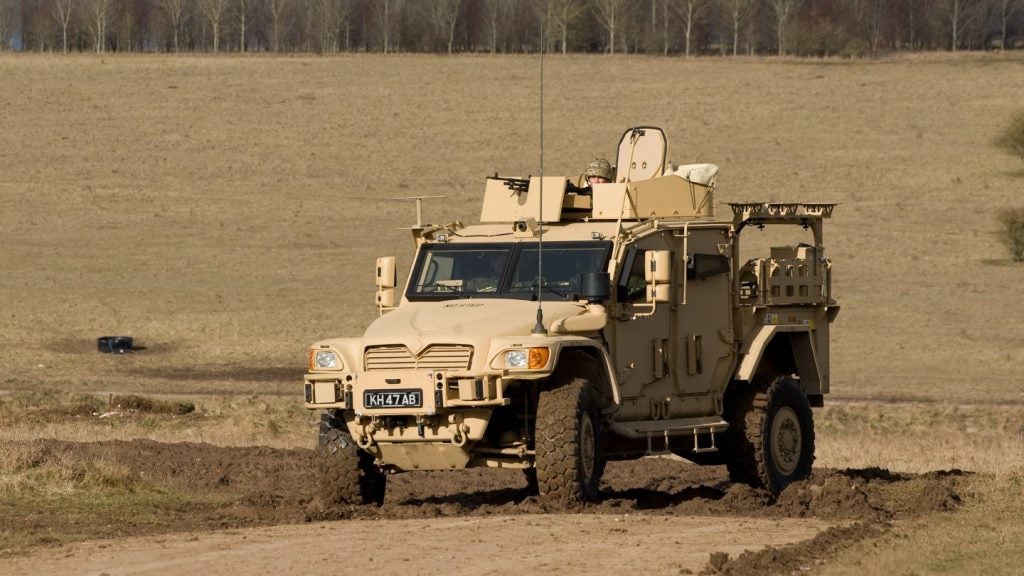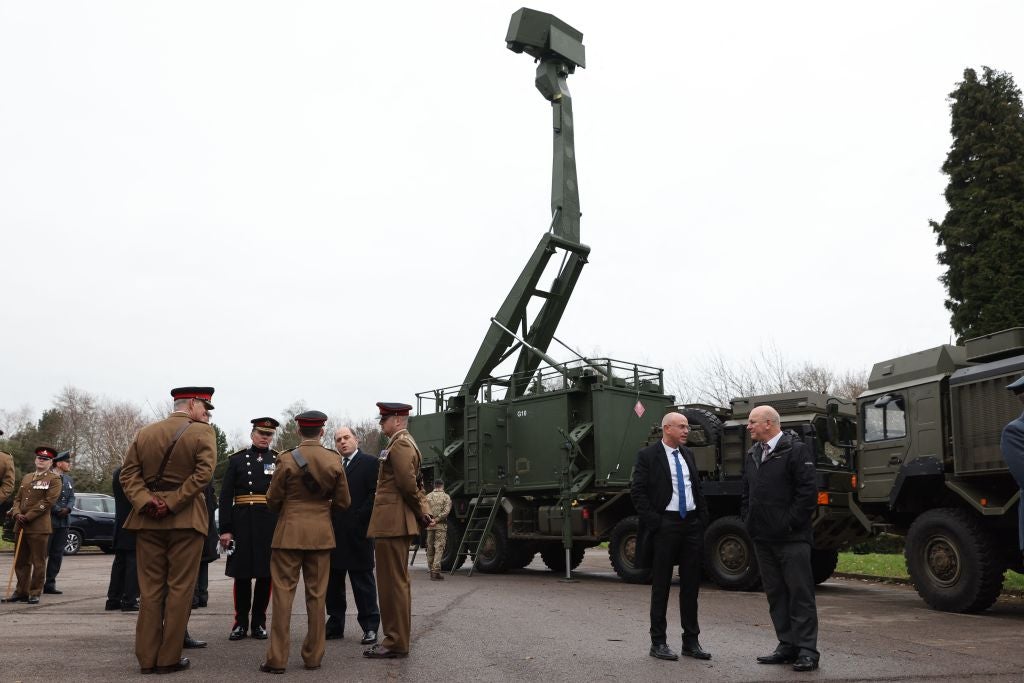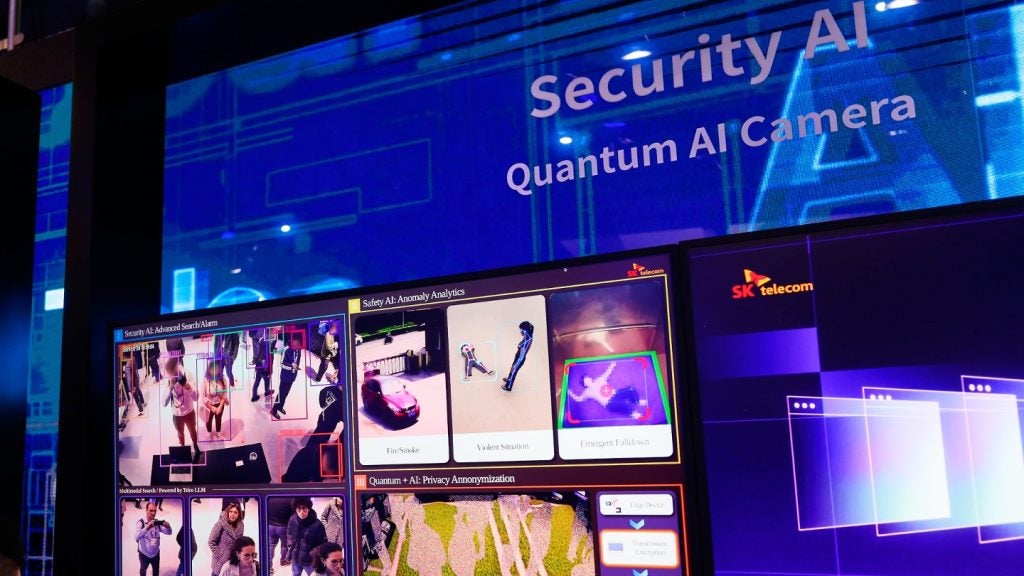

For decades, Japanese arms contractors had been limited to supplying their own defence forces, but this shift in policy opens the way for them to expand beyond their own shores. They will, nevertheless, be minnows entering a very competitive market place. According to the Stockholm International Peace Research Institute (SIPRI) in 2014, Japanese firms accounted for just 2.3% of the output of the world’s top 100 defence companies, against the US’ 54.4%, UK’s 10.4% and Russia’s 10.2%.
There are bigger drivers behind this, however, than simply making sales, and one of the most important is the chance to drive down domestic acquisition costs.
Cutting costs
For the likes of Mitsubishi Heavy Industries and Kawasaki Steel – Japan’s top two defence contractors, ranked 21st and 50th respectively in the world on SIPRI’s 2014 list – supplying a single customer has proven expensive. Small production runs mean a high price tag, often two or three times what other militaries pay for comparable items. The restrictions further compounded this by severely curtailing Japan’s involvement in the kind of multinational cooperation that is becoming commonplace today. When Mitsubishi‘s X-2 ‘Shinshin’ stealth fighter took to the skies for the first time in April of this year, it was a wholly Japanese affair, and largely driven by American reticence over sharing access to F-22 Raptor technology – but the development costs were all Japan’s too.
While the X-2 itself is unlikely to ever become part of the export push, the wider thinking is that by relaxing the rules and permitting sales to foreign markets, the sector will benefit from economies of scale, and unit costs will fall. It should help Japan streamline its fragmented arms industry, boost the country’s military modernisation programme and allow Japanese input into the consortium-style development of the kind of high-tech weapons and platforms that would be too costly to do alone.
See Also:
Even so, it is not all about expense; there are other factors in play too. The changing geopolitical climate, both regional and global, means there are greater strategic reasons behind Japan’s shift in approach and China is high on the list.
How well do you really know your competitors?
Access the most comprehensive Company Profiles on the market, powered by GlobalData. Save hours of research. Gain competitive edge.

Thank you!
Your download email will arrive shortly
Not ready to buy yet? Download a free sample
We are confident about the unique quality of our Company Profiles. However, we want you to make the most beneficial decision for your business, so we offer a free sample that you can download by submitting the below form
By GlobalDataChinese tensions
Beijing has never made much of a secret of its proprietorial claims to tracts of the Asia Pacific, leading to inevitable tension with neighbours in the region, which its increasing willingness to engage in displays of unilateral power projection has done little to assuage.
The growing militarisation of China and the shifting balance of power in the region has left many in Japan feeling uneasy. According to a survey undertaken by the Washington-based Pew Research Center in 2014, 85% of Japanese felt that territorial disputes between China and its neighbours could result in armed conflict.
With the US in the process of re-balancing commitments to the region and America’s military routinely required to ‘do more with less’, Japanese fears of abandonment have arguably seldom, if ever, been more acutely felt. Shifting Japan’s long established position on defence sales is seen as one way to help address this.
It is a two-pronged strategy – increase cooperation and interoperability with the US, and consolidate Japan’s role among other similar-thinking regional states – and one designed to promote Japan as a reliable partner sharing the burden of maintaining stability and security.
Selling arms to allies, and being involved in multi-national weapons development programmes, would obviously enable Japan to make money, but more importantly it would also strengthen international relationships and bolster the contributions that other nations can make to the region’s collective security.
To help achieve this, in October 2015, the Japanese Ministry of Defence created a new Acquisition, Technology, and Logistics Agency, with one section being entirely dedicated to promoting arms exports. So what might those exports be?
Sea planes and submarines
ShinMaywa’s US-2 amphibious aircraft and the Soryu submarine, from Mitsubishi/Kawasaki Shipbuilding are two that have already drawn some serious interest.
For a while it looked as if Japan’s first major arms deal in over half a century was going to springboard it into the global submarine market with the sale of Soryu-class submarines to replace Australia’s Collins-class vessels in 2025-30. Although that will not now happen, the serious consideration given to these highly-competitive, and in some aspects superior, diesel-electric submarines should give the French, German and Russian companies that have so long dominated the market serious cause for thought.
It has been a similar story for the US-2. With a range of 4,700 km (2,538nm) it has caught the eye of a number of Asia Pacific nations including Indonesia, Vietnam and most notably India. However, a $1.65bn deal to sell between 15 and 18 aircraft to the Indian Navy seems to have stalled and its future, for now, remains uncertain.
The market for whole systems may be a difficult one for Japan to crack, not least because Japanese arms do not come with the ‘tested-in-combat’ label that accompanies many competitors’ products. However, Japanese ingenuity and innovation is world-renowned and the avenues to export defence system components look to be far more open.
Research expertise
Mitsubishi already exports seeker gyros made under licence for the Patriot surface-to-air missile system to the US contractor Raytheon, in the first arrangement of its kind to be approved by the Japanese Government under the new policy. A joint research project was also given the go ahead to use Japanese seeker technology in the development of Meteor, Europe’s latest beyond-visual-range air-to-air missile project.
With sales which boost security through joint development and production now being particularly promoted by the government, such technology transfers could provide the template for wider co-operation in future.
Japan also has a massive pool of research expertise across a range of ‘dual-use’ technologies, including sensors, electronics, aeronautics, rocketry, unmanned systems, artificial intelligence (AI) and robotics, which have clear military applications as well as civilian ones.
The strategic importance of these high-tech areas to national security has already been recognised, and with so much talent available on tap, integrating these two strands seems a natural step – but currently universities are barred from working directly on military projects. If that changes, Japan might well be able to leverage all that intellectual capital into the kinds of products, particularly in fields such as unmanned aerial and underwater vehicles, which would take the world’s arms market by storm.
Barriers to success
Nevertheless, it could still be an uphill struggle. Some commentators have suggested that after so long out of the game, Japanese companies lack both contacts in the global market and a sufficiently nuanced understanding of how it works. In addition, even if the hoped-for economies of scale do materialise, Japanese products may still seem expensive compared with other emerging suppliers, at least for a while. These problems can be overcome in time, but the real barrier may be much more fundamental.
The pacifist ethos runs deep in Japanese public thinking, and for many, the government’s plans are highly controversial. Unlike the US, there are no big specialist defence contractors deriving the bulk of their revenue from arms; even for the largest amongst them, the contribution only amounts to perhaps 10%. More to the point, these companies themselves remain deeply concerned about how extending their defence work might affect their reputation at home.
The unfolding new reality of the Asia Pacific region is undoubtedly slowly changing those sentiments, but it may still take some time before Japan – possibly the most innovative nation on Earth – will feel truly comfortable about channelling that innovation into weapons of war.







